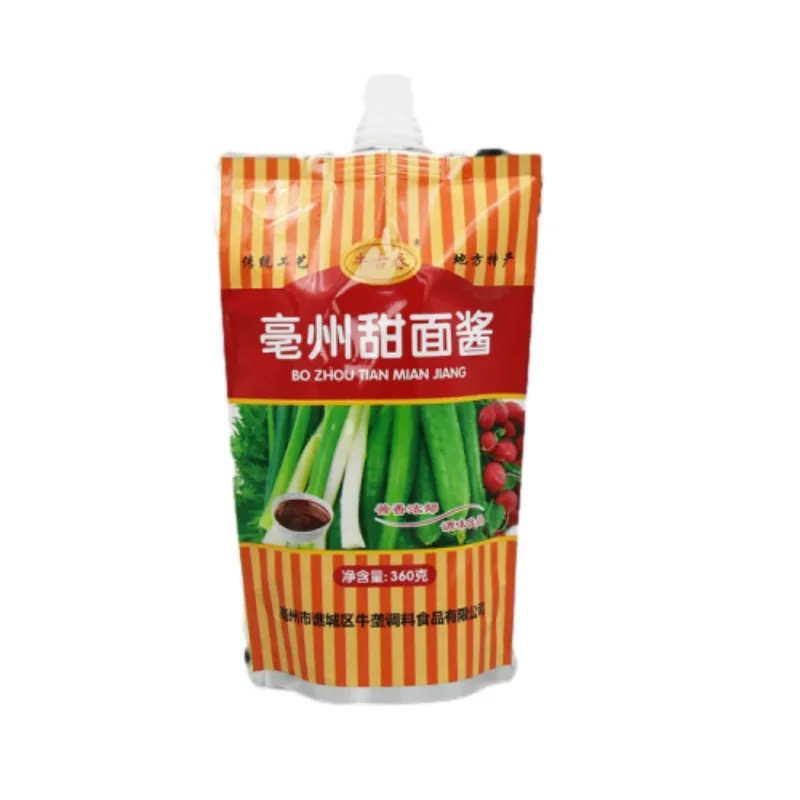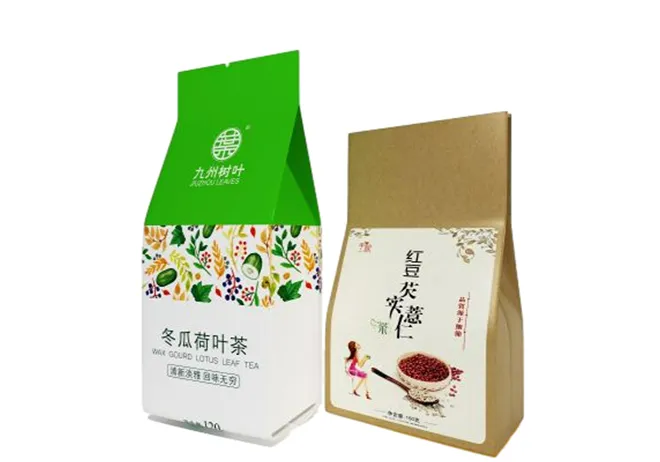In the realm of food preservation, vacuum packaging bags for meat have emerged as an indispensable tool, providing unparalleled convenience, freshness, and safety. With a profound understanding of both consumer needs and the technical nuances of food storage, these bags offer a sophisticated solution that combines modern technology with advanced materials to address the timeless challenge of keeping meat fresh.

Vacuum packaging bags operate on a simple yet effective principle by removing air from the packaging, these bags significantly prolong the shelf life of meat. The presence of air, particularly oxygen, accelerates the process of spoilage by fostering an environment where bacteria can thrive. By creating a vacuum seal, these bags inhibit the growth of aerobic pathogens and spoilage microorganisms, thereby extending the longevity of the meat and maintaining its quality.
One of the core benefits of using vacuum packaging bags for meat is their ability to preserve the flavor and texture. When meat is exposed to air, it can become dehydrated and susceptible to freezer burn, a phenomenon that leads to dry, leathery textures and off-flavors. Vacuum packaging mitigates these risks by creating a barrier that locks in moisture and preserves the natural juices of the meat, ensuring a tender and succulent experience upon cooking.

From a nutritional standpoint,
vacuum packaging is equally beneficial. By preventing oxidation, these bags help in retaining the meat’s essential nutrients and flavors. Studies indicate that meats stored in vacuum packaging maintain higher levels of vitamins and minerals compared to those stored in traditional packaging methods. For health-conscious consumers and culinary professionals alike, this means delivering a product that not only tastes superior but also offers greater nutritional value.
In terms of expertise, vacuum packaging technology entails a careful selection of materials that enhance the protective qualities of the bags. Typically made from multi-layered films, these bags boast barriers composed of polyamide (PA) and polyethylene (PE). The outer layer of PA offers excellent gas barrier properties and puncture resistance, while the internal PE layer ensures strong heat-sealability and food safety. This combination of materials provides a durable solution capable of withstanding the rigors of both storage and transportation.
vacuum packaging bags for meat
From an authoritative perspective, the use of vacuum packaging bags is endorsed by some of the leading voices in food preservation and safety. Regulatory bodies, such as the U.S. Food and Drug Administration (FDA), have recognized vacuum packaging as a reliable method for extending shelf life and enhancing food safety. Moreover, culinary experts and chefs highlight the role of vacuum-sealed bags in sous-vide cooking, a technique that requires precise temperature control to deliver perfectly cooked meats—demonstrating the versatility and sophistication of this packaging solution.
Trustworthiness is another critical factor when considering vacuum packaging bags for meat. Reputable manufacturers adhere to stringent quality control protocols and provide certifications that indicate adherence to industry standards. Consumers can rest assured knowing that the bags are free from harmful chemicals such as BPA, and are rigorously tested to ensure they meet sanitary and safety criteria.
For both individual consumers and businesses, the adoption of vacuum packaging for meat offers significant advantages in terms of reducing food waste, improving inventory management, and optimizing supply chains. Meat stored in vacuum packaging takes up less space and allows for more efficient use of available storage areas, both in home freezers and commercial kitchens.
In conclusion, vacuum packaging bags for meat represent a marriage of science and practicality, presenting a solution that addresses the perennial challenges of food preservation. By extending shelf life, preserving nutrition, enhancing flavor, and providing a myriad of culinary possibilities, these bags not only meet consumer demands but do so with a level of expertise and reliability that is unsurpassed in the industry. For anyone looking to maximize the freshness and quality of their meats, embracing vacuum packaging bags is a decision grounded in both logic and culinary passion.